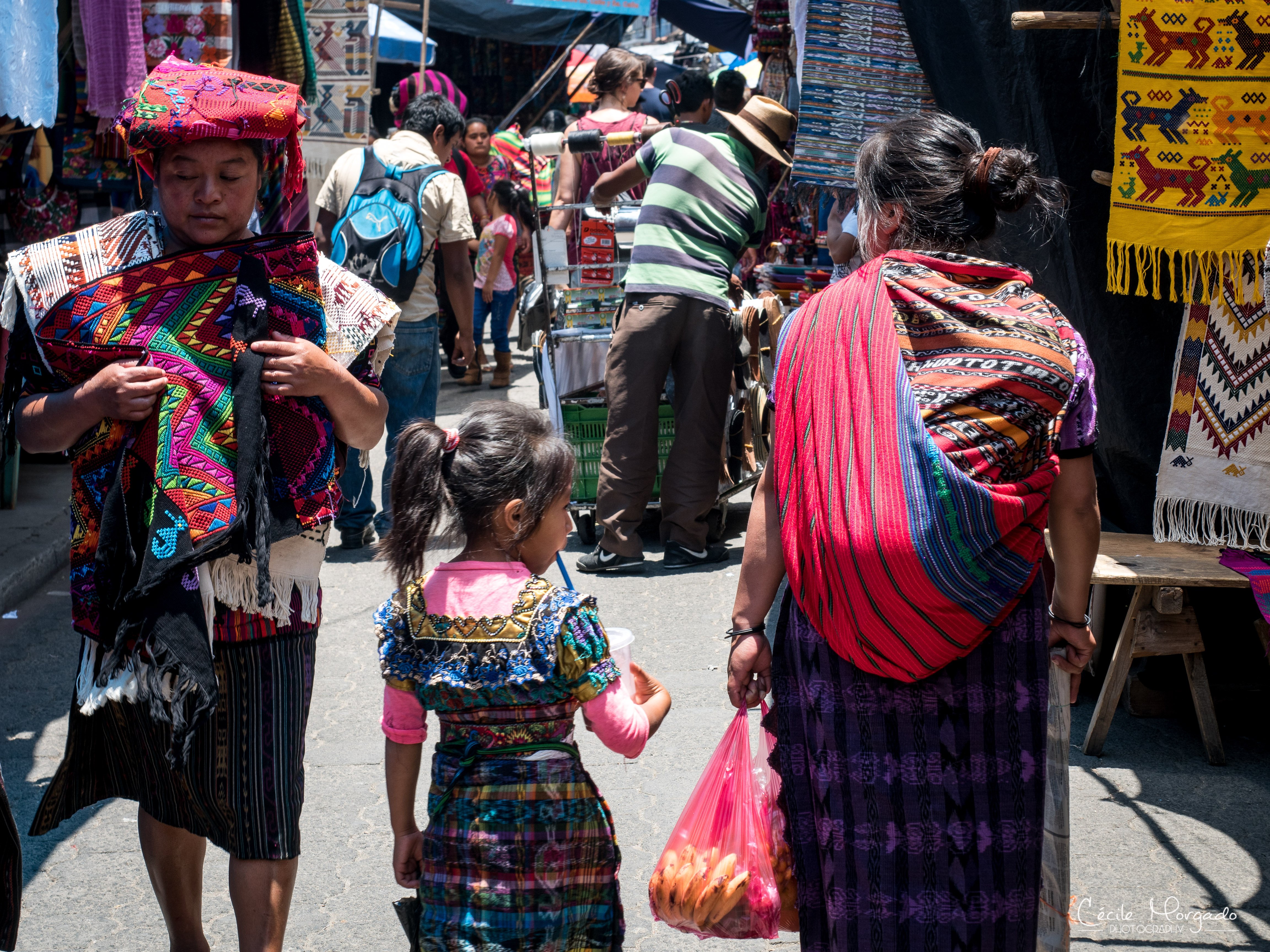
After spending some time in Antigua while getting rid of the Jet leg, we (Cécile Morgado and me) decided to move on towards Lake Atitlán. We knew that more or less on the way there is a big market every Sunday and Thursday in Chichicastenango, so of course we went.
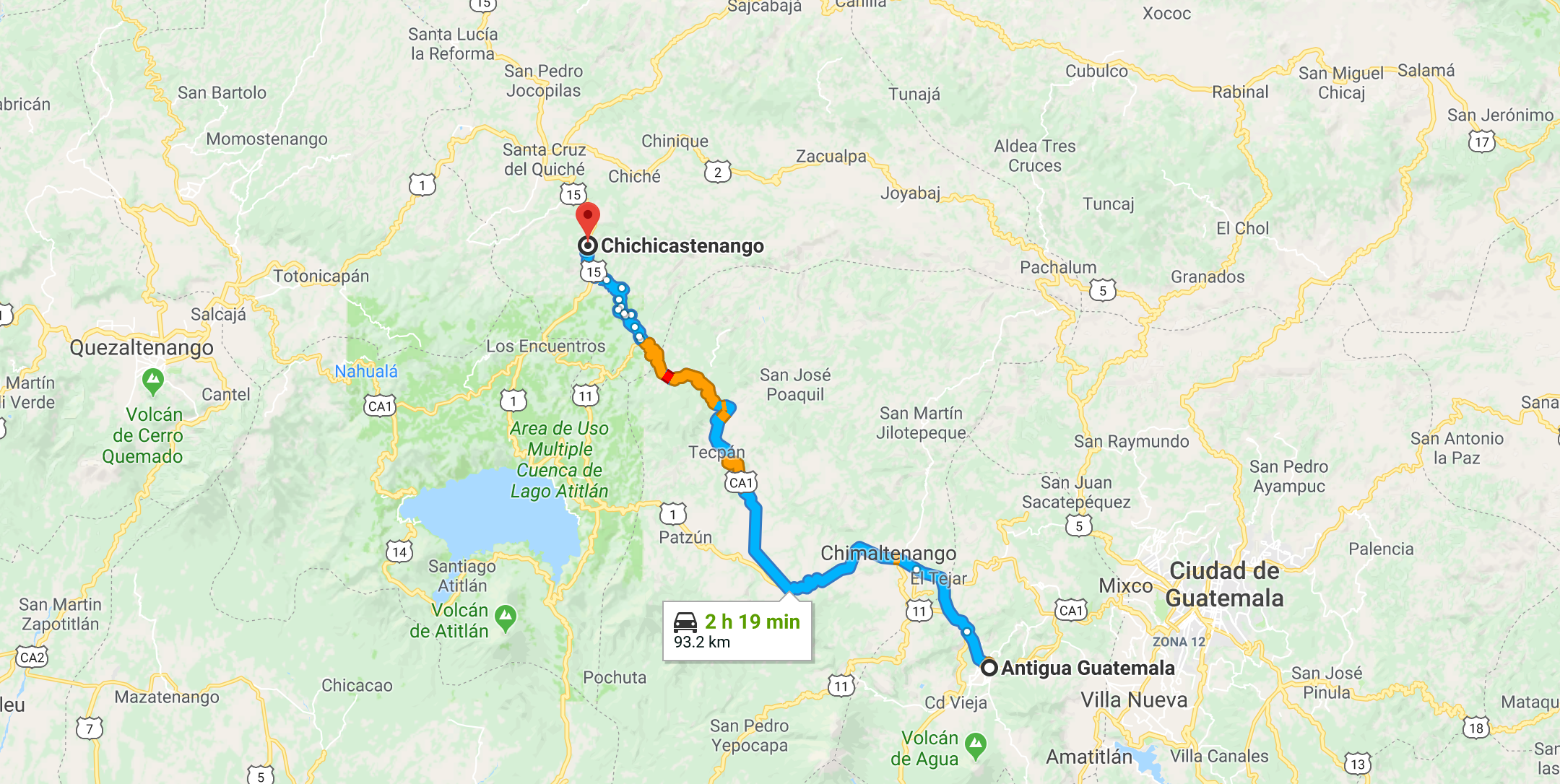
Unfortunately all the Shuttles where full already so we had to take the "chicken bus".
A chicken bus is a colloquial English name for a colorful, modified and decorated bus that transports goods and people between communities in various Latin American countries, especially Honduras, Guatemala, El Salvador, Nicaragua and Panama.
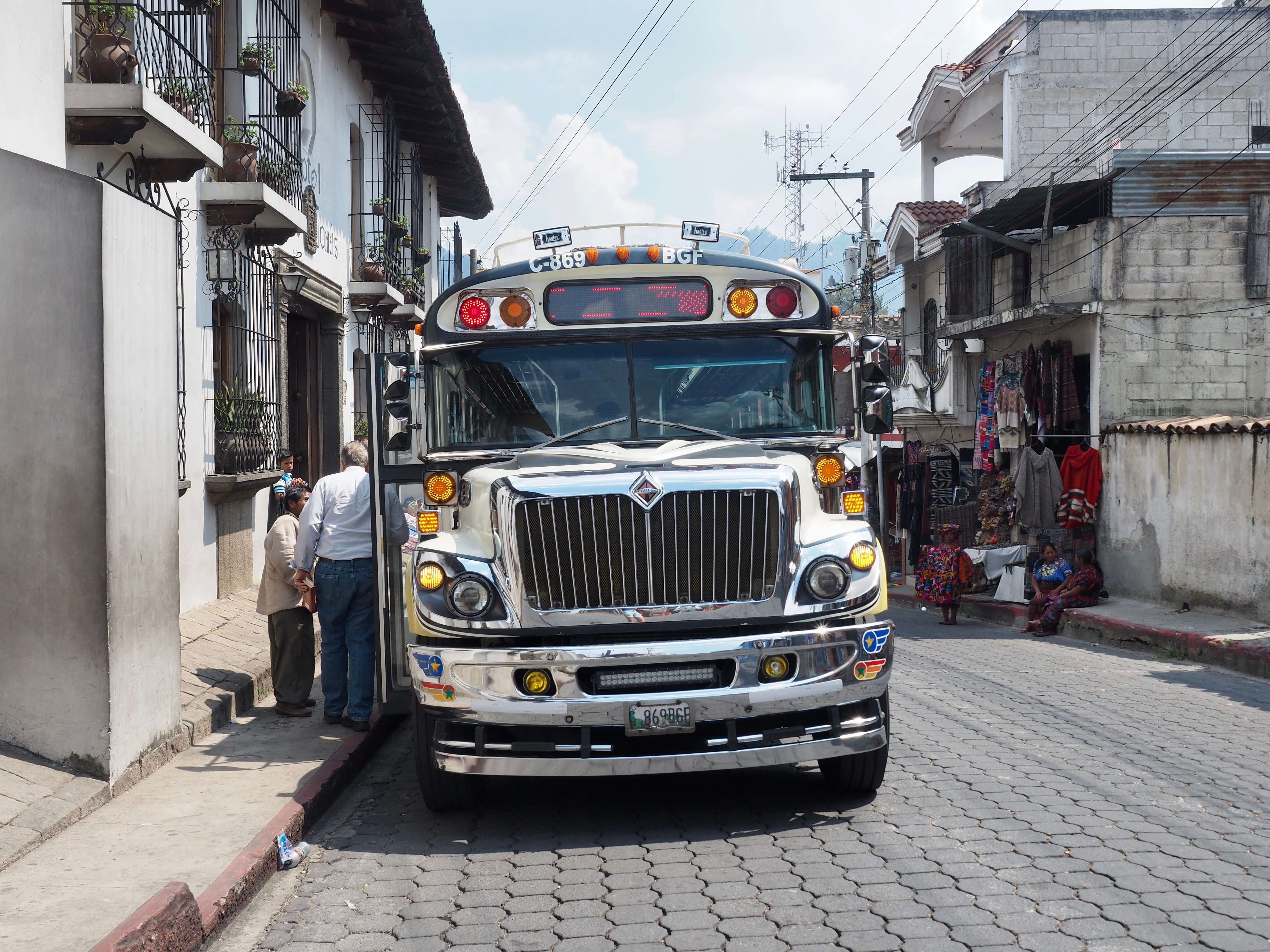
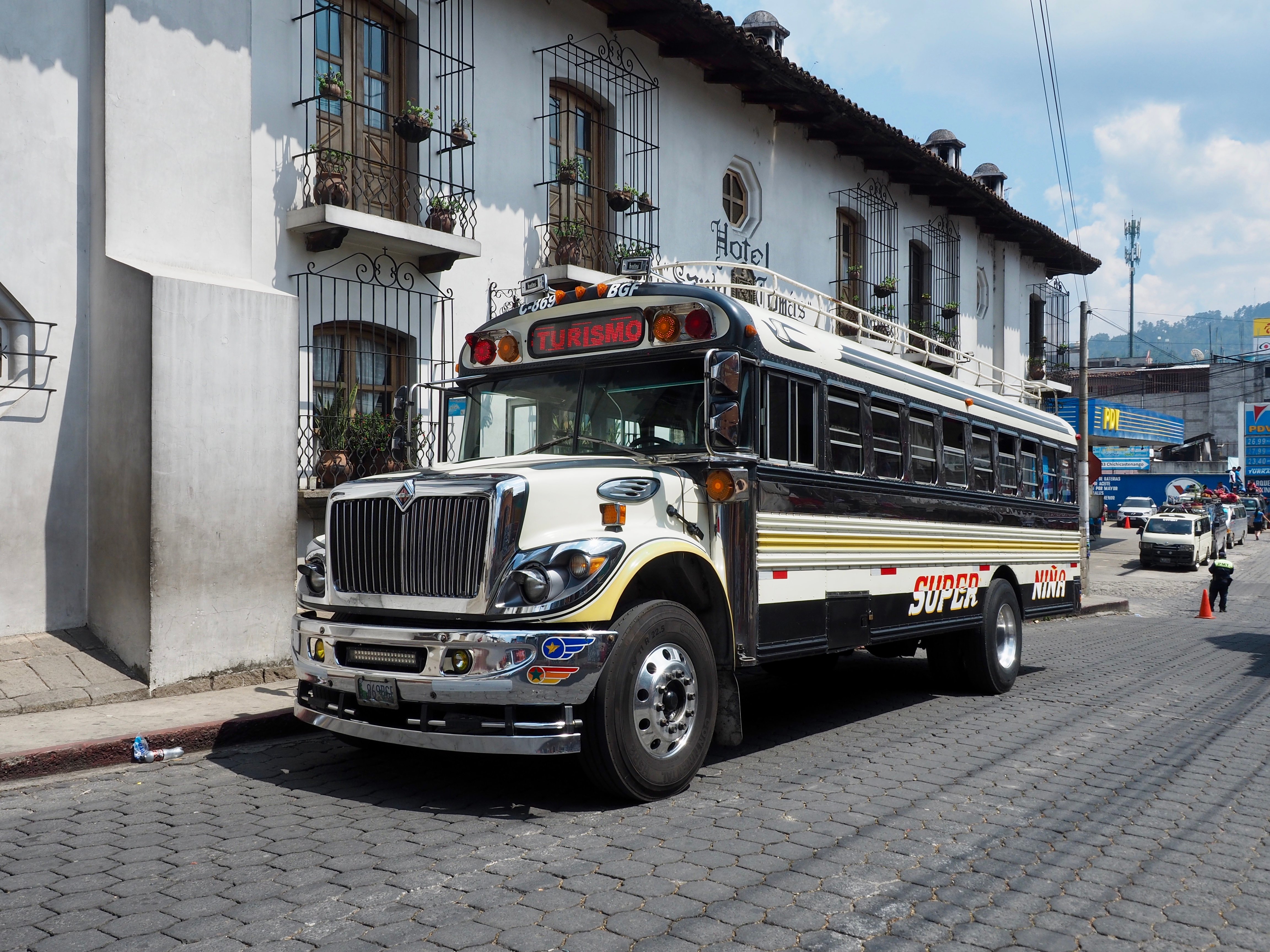
The base vehicle is usually a retired North American school bus on a light or medium truck chassis.
The word "chicken" may refer to the fact that the buses are often crammed with passengers not unlike a truck load of chickens, or to the fact that Central Americans occasionally transport live animals on such buses–a practice that visitors from other countries often find remarkable.
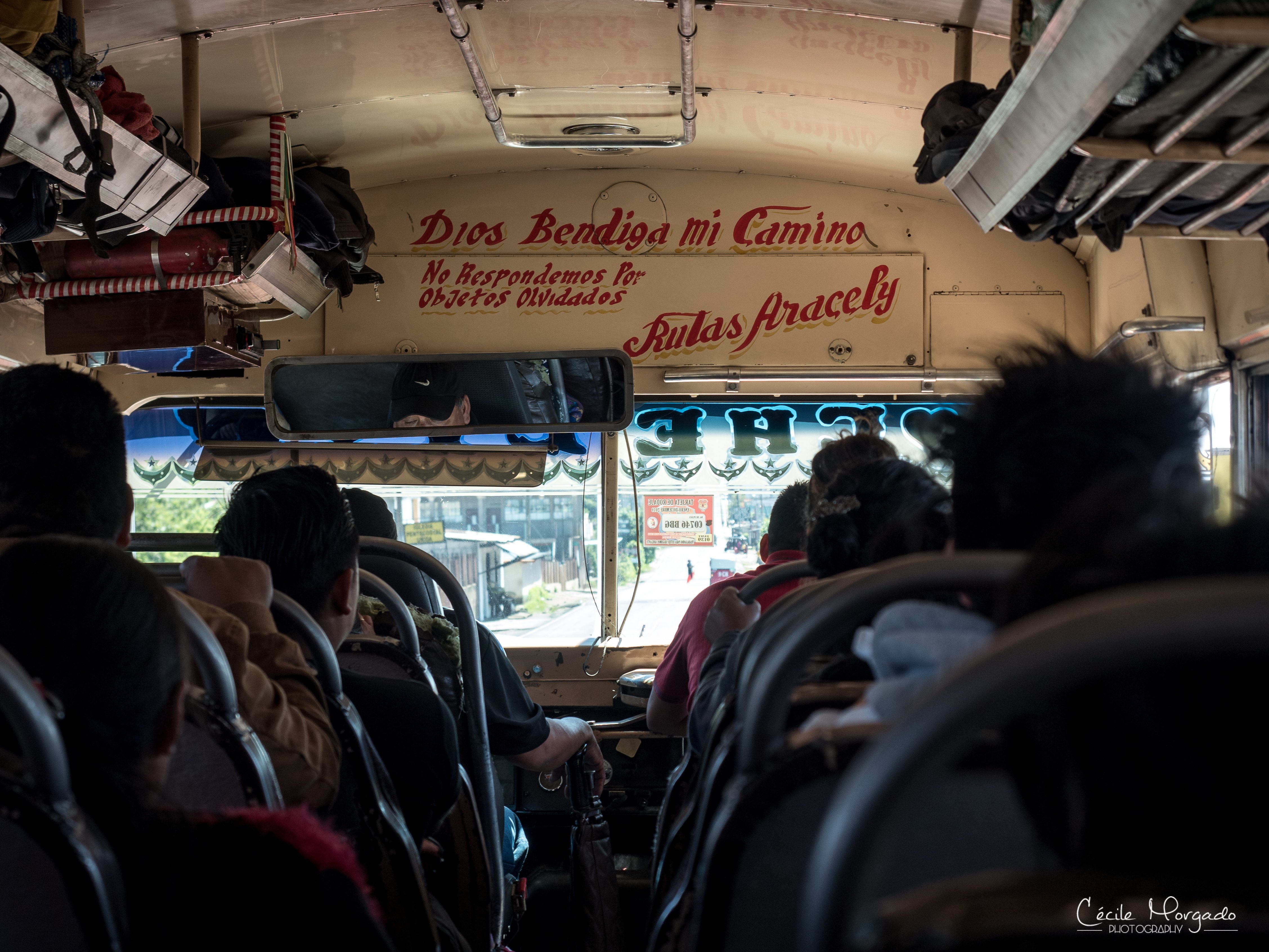
The bus goes reeeally fast, it is totally crowded (at some point there where people sitting on my lab hahaha), the driver puts reggaeton music on and everybody seems to be relaxed about it.
All in all it was a great experience, but I was glad that after one hour we managed to jump off - I still don't know how we got out of there - and arrived at the market.
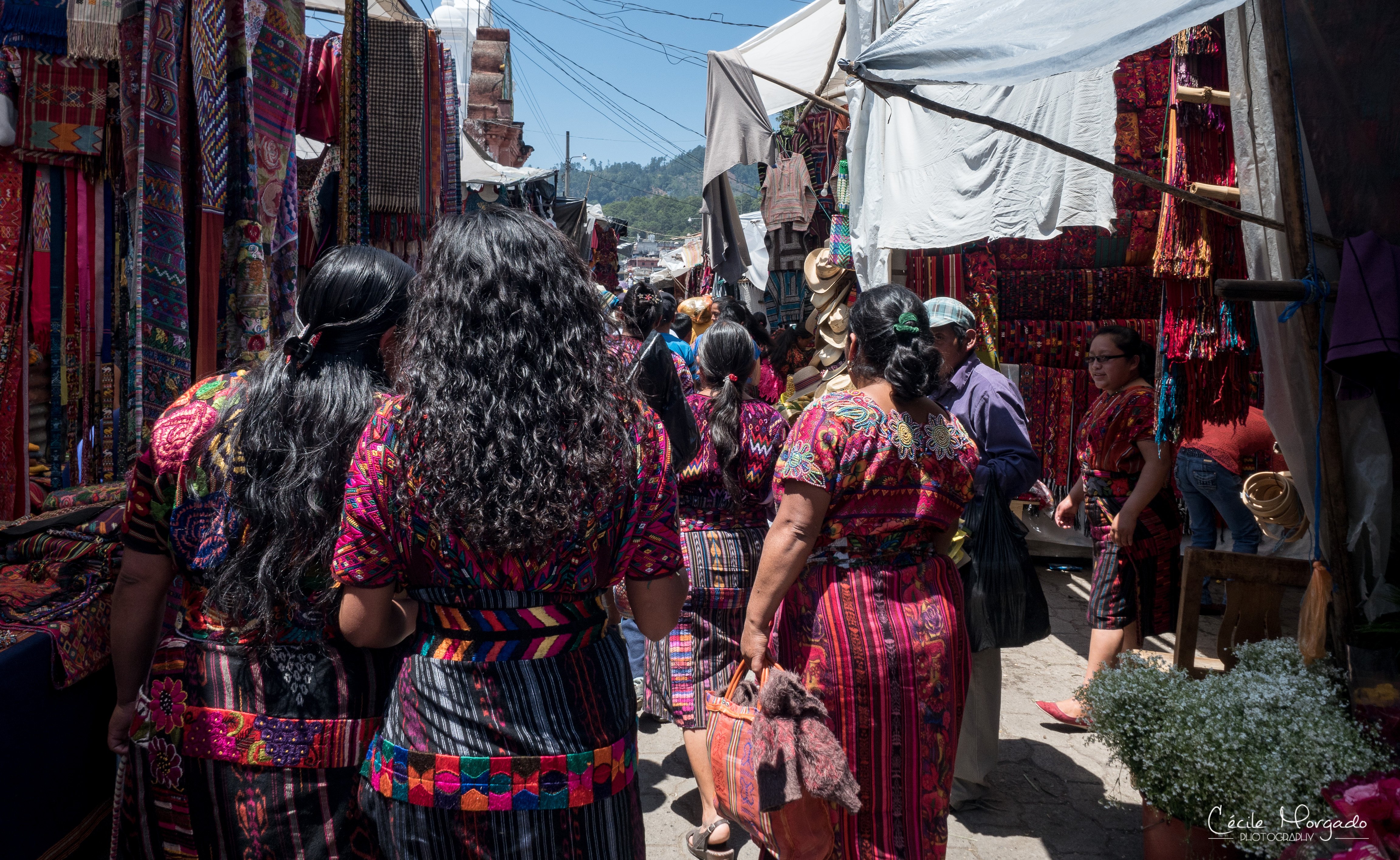
Chichicastenango, also known as Santo Tomás Chichicastenango, is a town in the El Quiché department of Guatemala, known for its traditional K'iche' Maya culture.
When the Spanish conquistadors arrived they kept the Nahuatl name used by their soldiers from Tlaxcala: Tzitzicaztenanco, or City of Nettles.
Now it is still a large indigenous town, lying on the crests of mountaintops at an altitude of 1,965 m. As of 2012, 98.5% of the municipality's population is indigenous Mayan K'iche. 92% of the municipality's population speaks the K'iche language, with the remaining 8% being monolingual Spanish speakers.
71% of the municipality's population was bilingual, speaking both K'iche and Spanish, and an additional 21% were monolingual K'iche speakers.
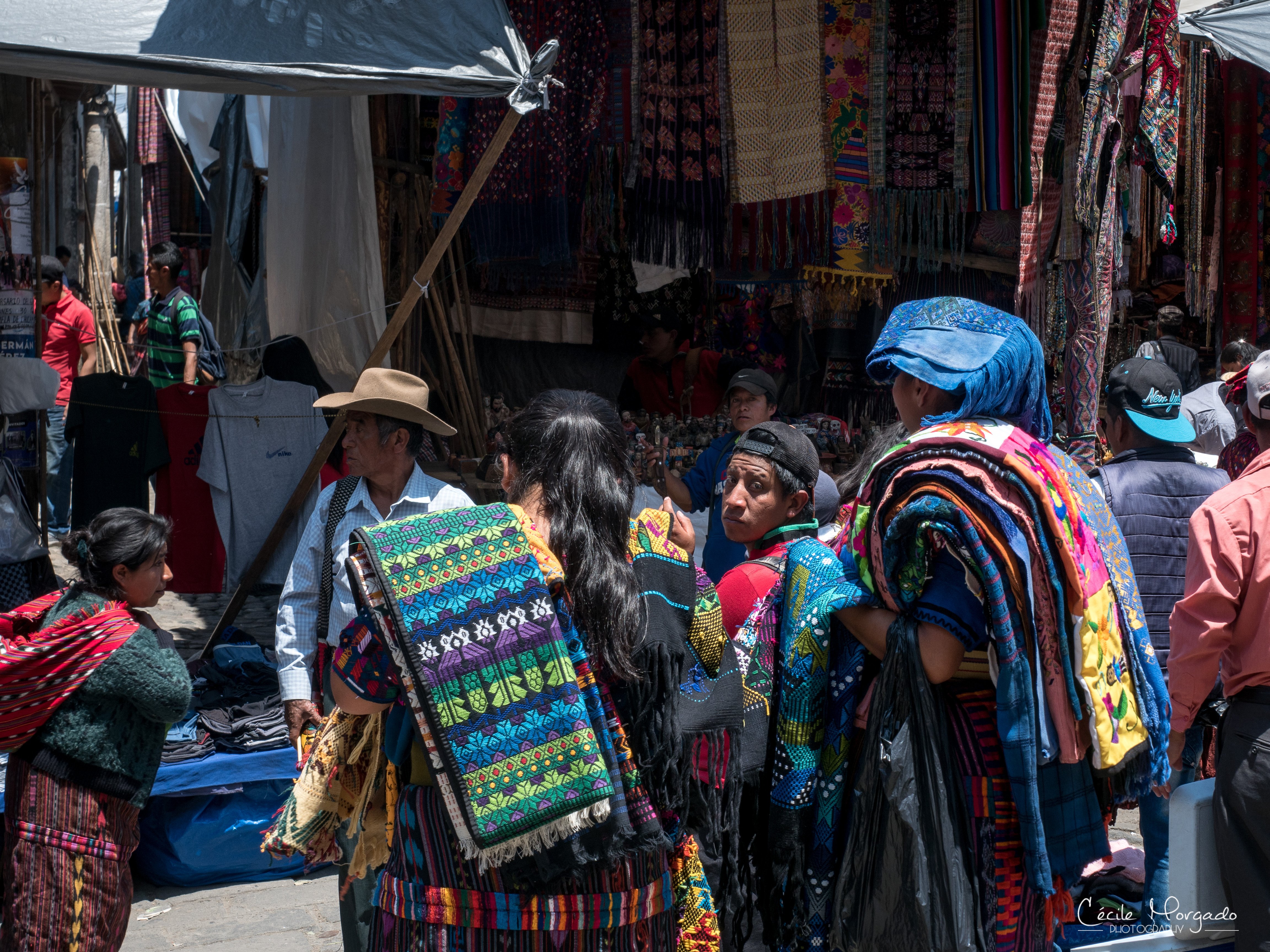
This majority of Mayan people creates a ambience in which traditions and language can be protected.
That is also why Chichicastenango is well known for its famous market days on Thursdays and Sundays where vendors sell handicrafts, food, flowers, pottery, wooden boxes, condiments, medicinal plants, candles, pom and copal (traditional incense), cal (lime stones for preparing tortillas), grindstones, pigs and chickens, machetes, and other tools.
For me the most beautiful things at this market are the handmade things. They sell cloth, blankets, purses, books, little plush toys, key chains and jewelry in all colors!! It is really incredible how much work this must be!!
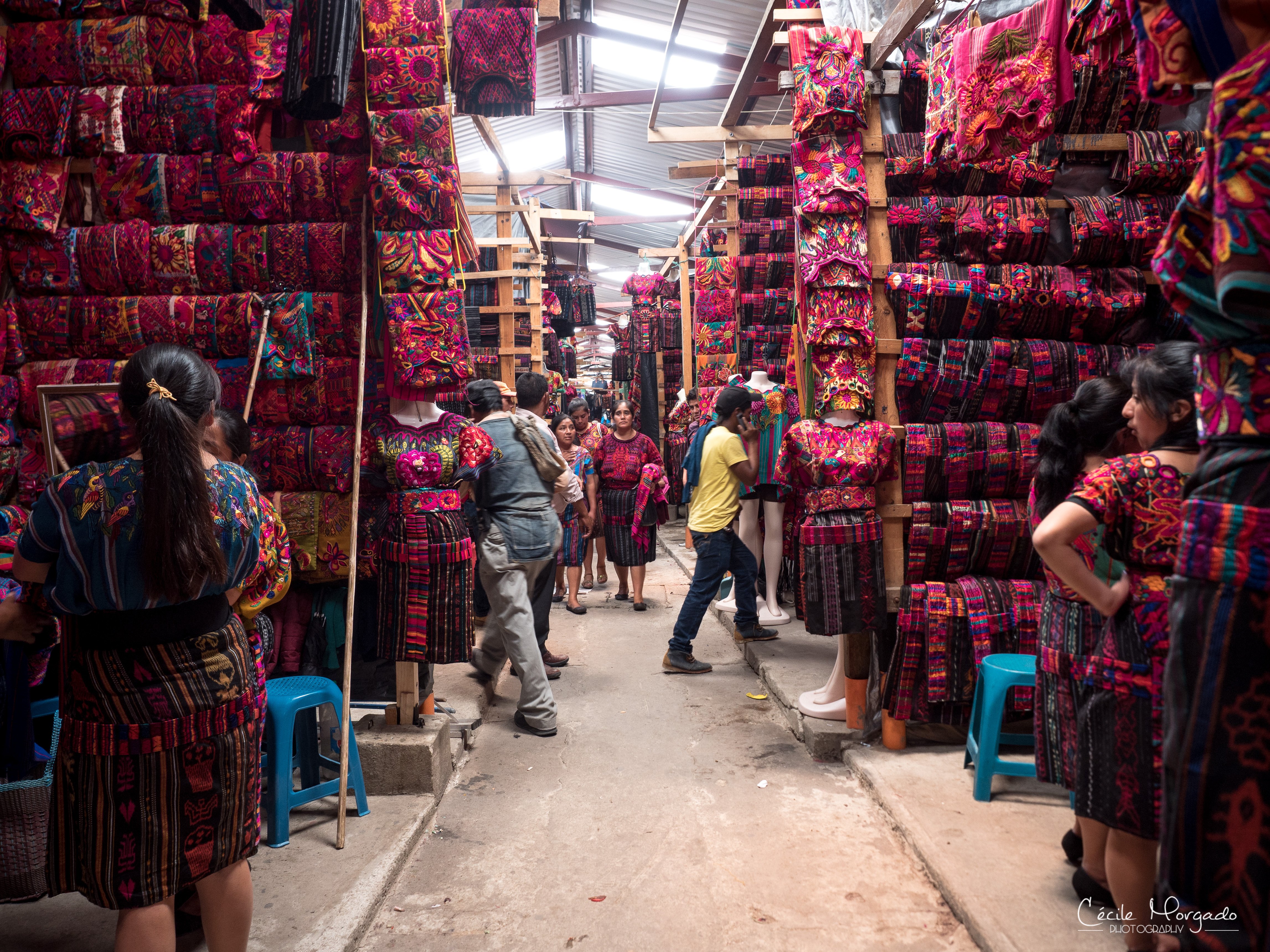
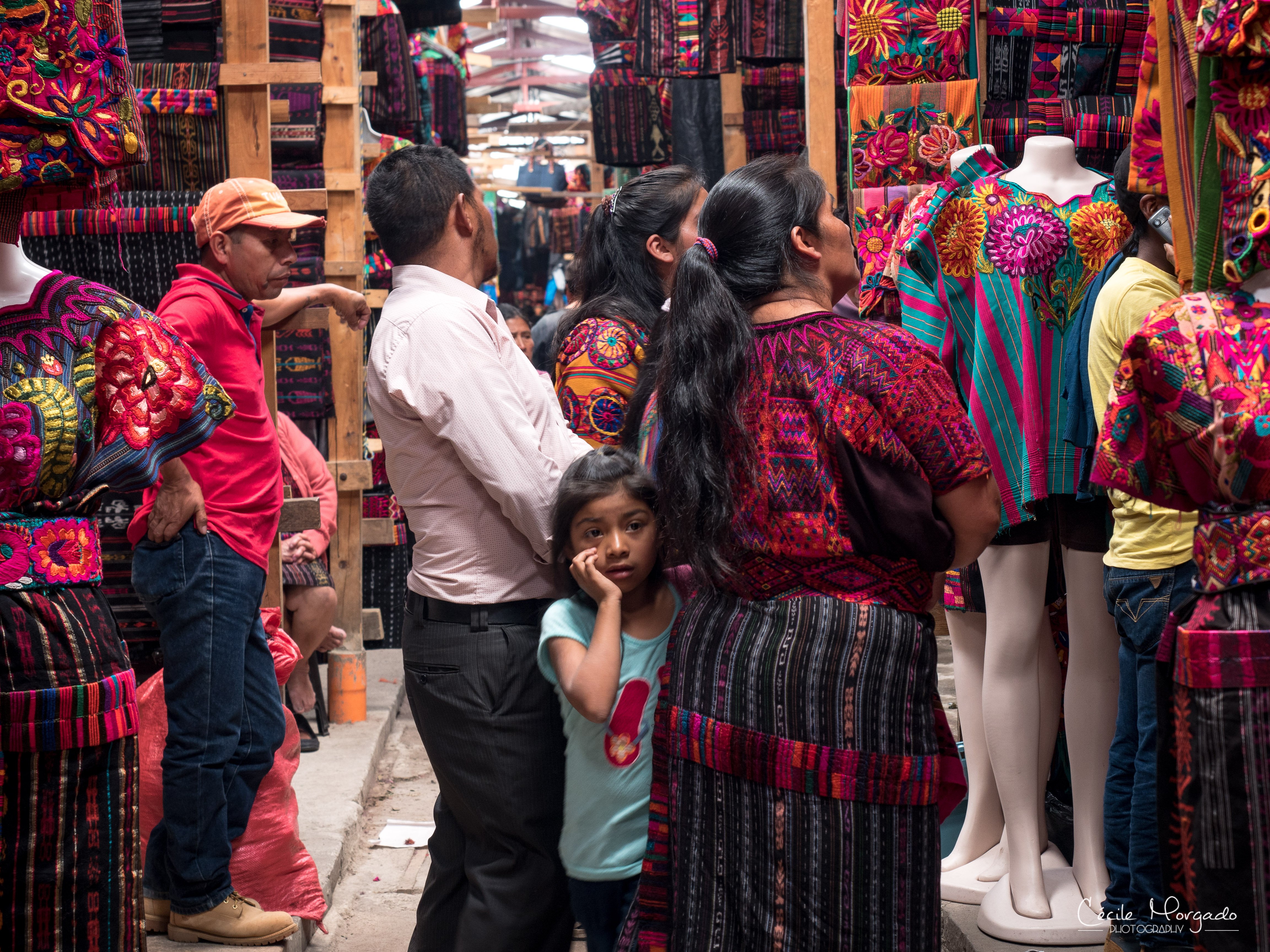
Most of the market is so crowded.. full of locals, vendors and tourists.
In the central part of the market plaza are small eateries (comedores), where you can get great street food, fruits etc.
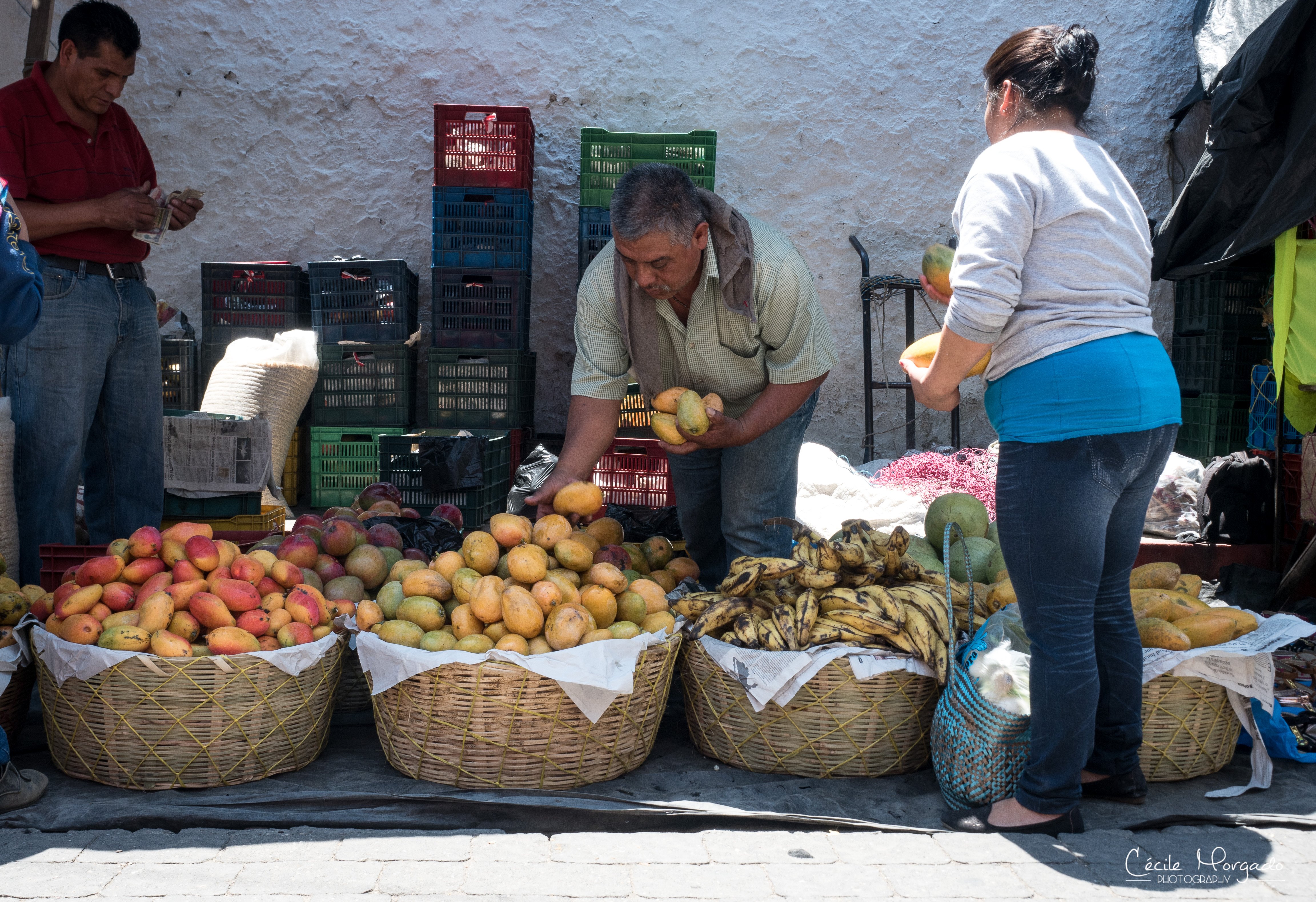
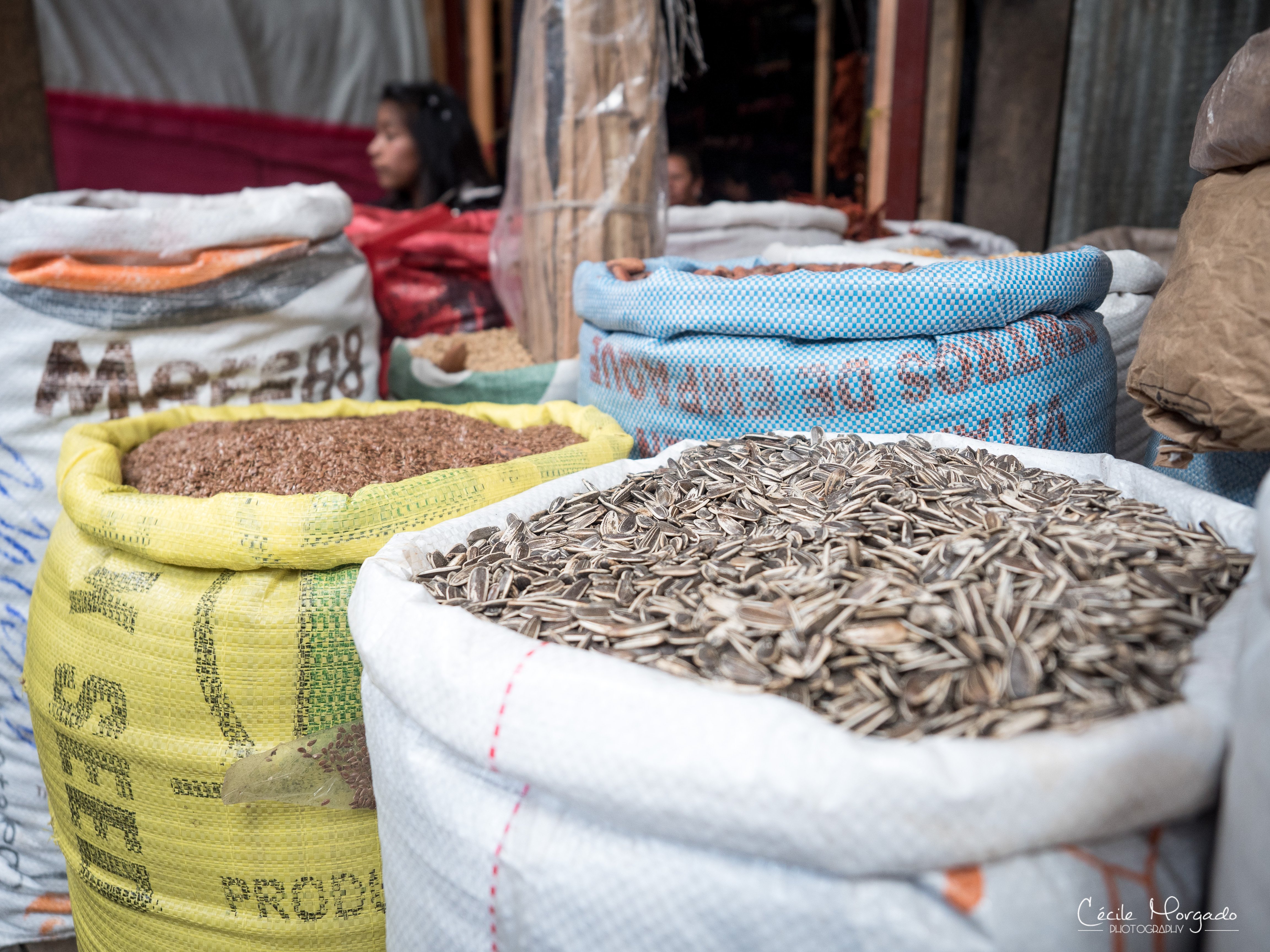
This is one of the places where you find everything centralized. The dental doctor is right next to the public toilets and the fruit stand :D
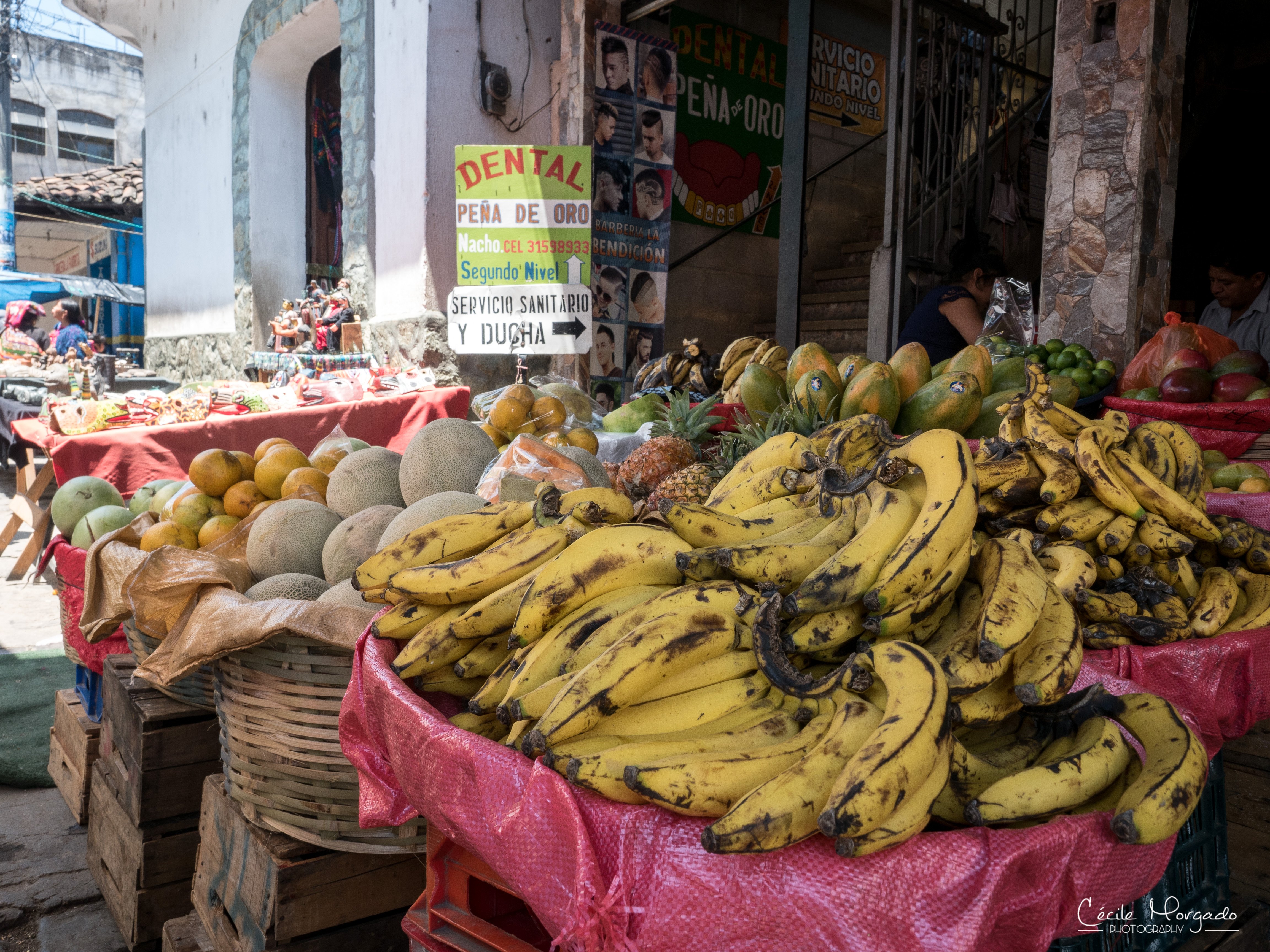
Of course they also sell meat and fish at the market. For Europeans like me it maybe doesn't look that delicious. Especially with that heat around.
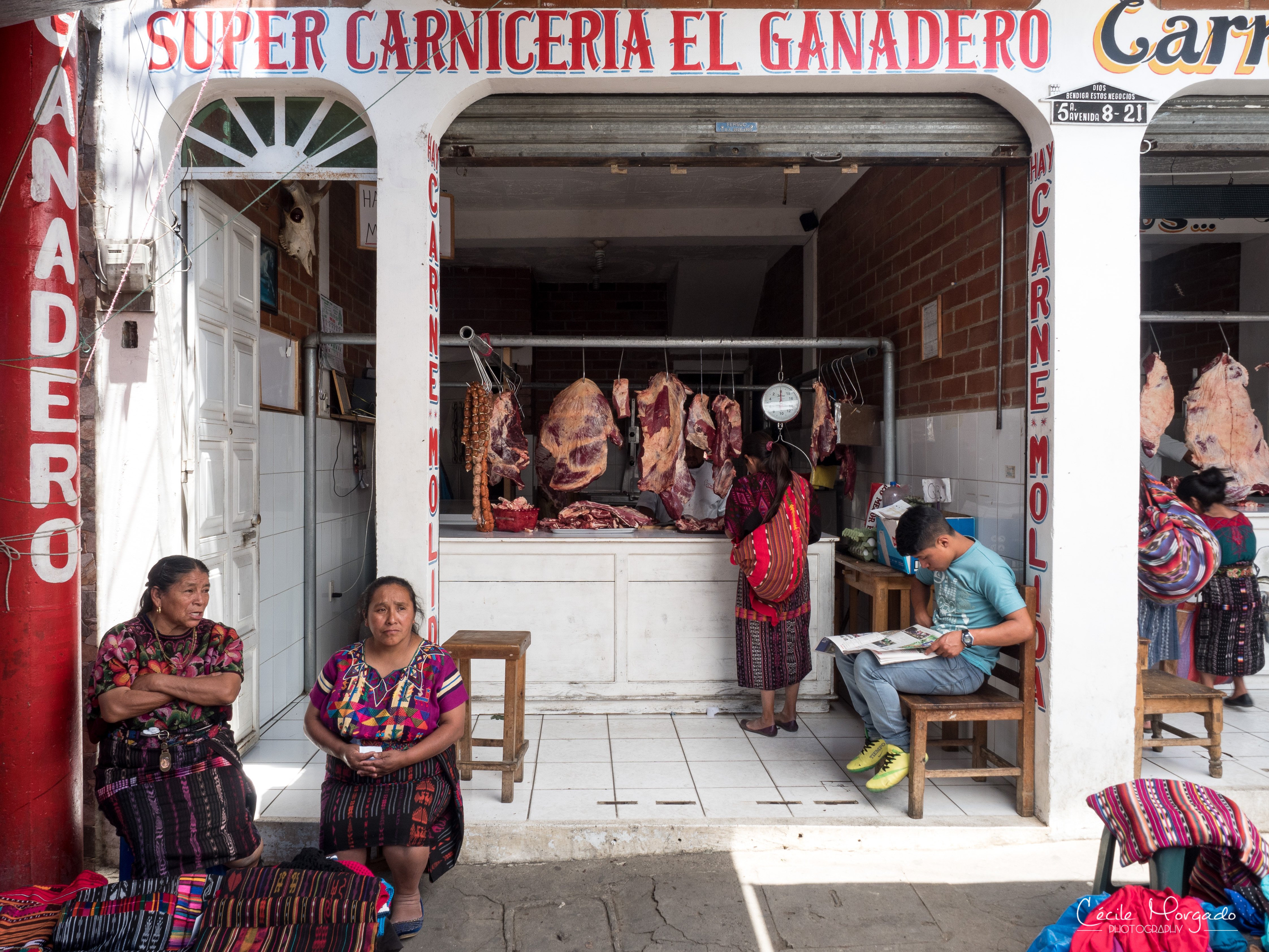
But of course there is also somebody doing fresh tortillas!!! Trying them at the market is an essential experience!
After eating our food we went to our last spot at this city before going to Lake Atitlán with the Shuttle: The Church of Santo Tomás
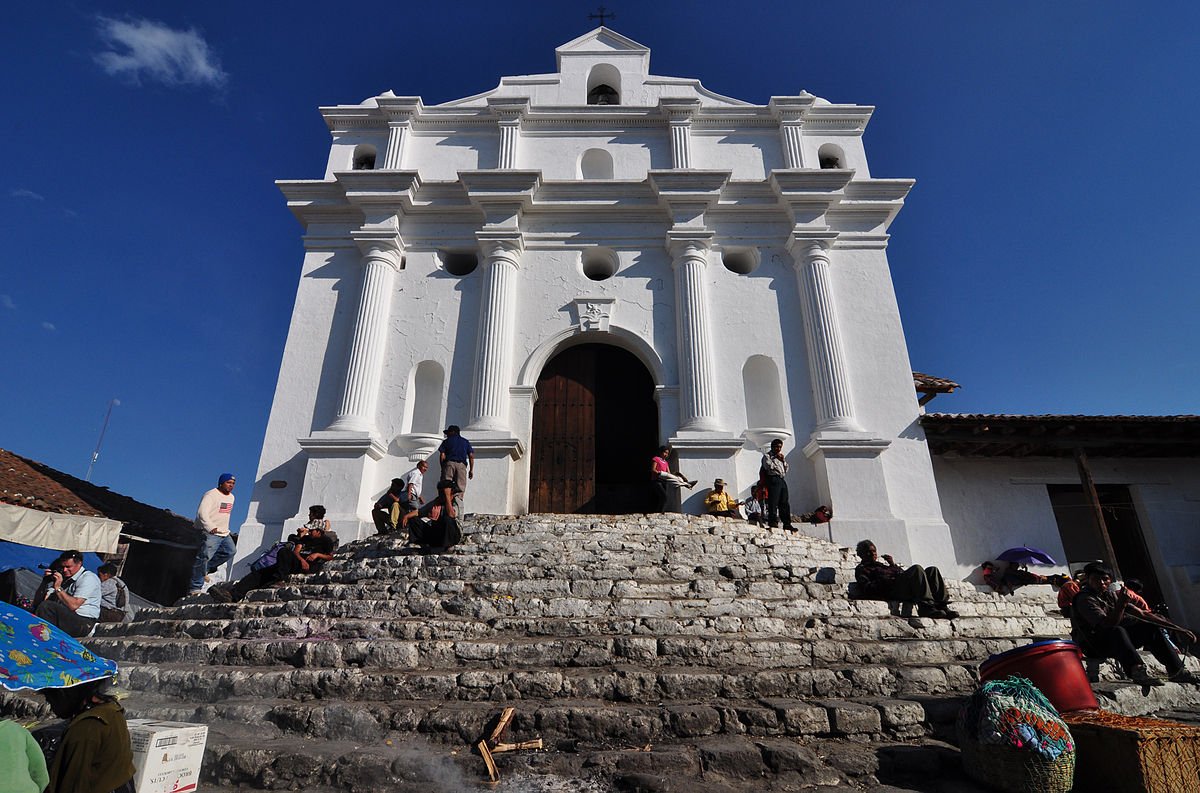
Next to the market is the 400-year-old church of Santo Tomás. It is built atop a Pre-Columbian temple platform, and the steps originally leading to a temple of the pre-Hispanic Maya civilization, remain venerated.
K'iche' Maya priests still use the church for their rituals, burning incense and candles and using different kind of flowers for different causes. That is why the locals sell that things for rituals just in front of the church.
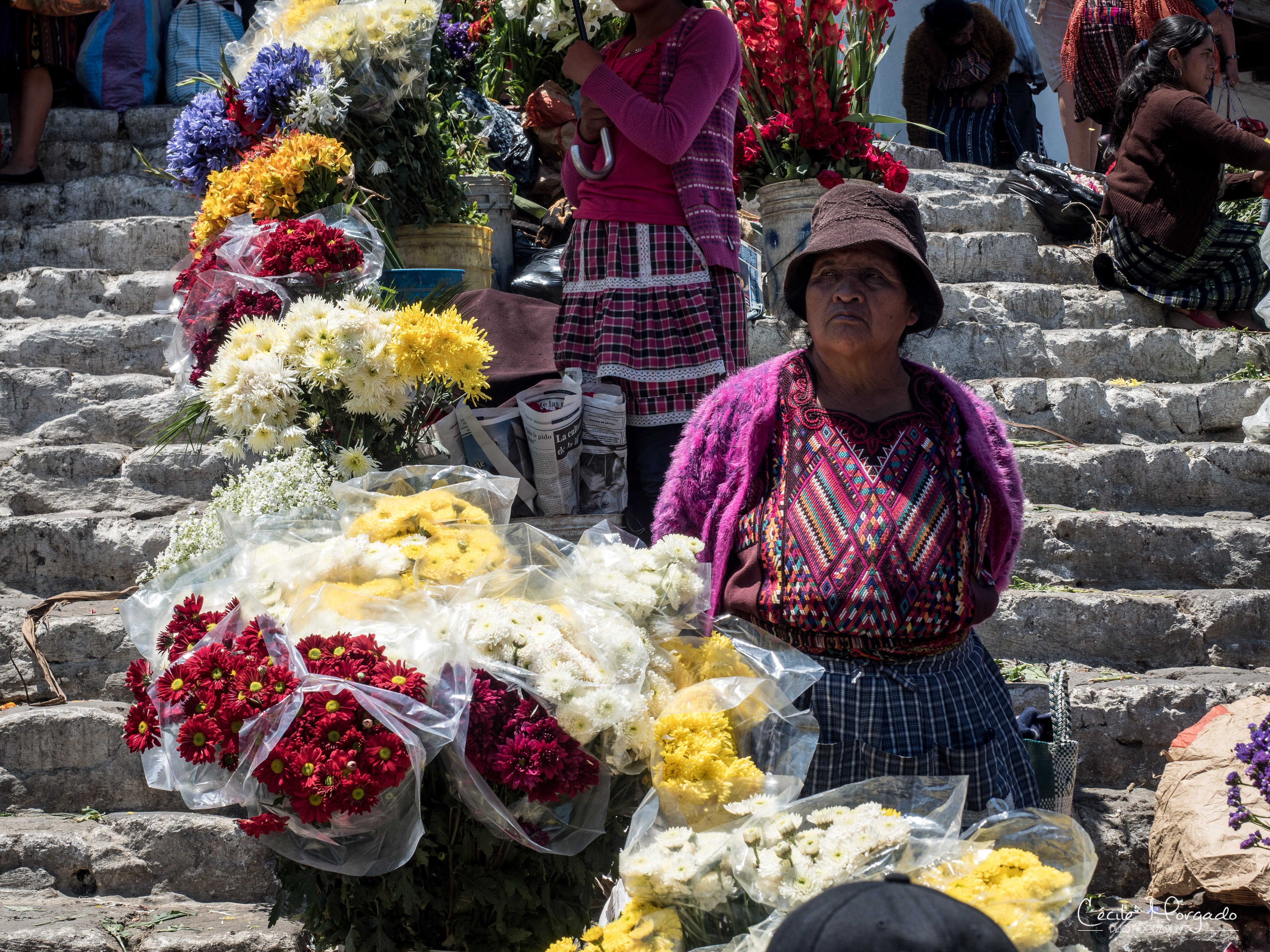
In special cases, they burn a chicken for the gods. Each of the 18 stairs that lead up to the church stands for one month of the Maya calendar year.
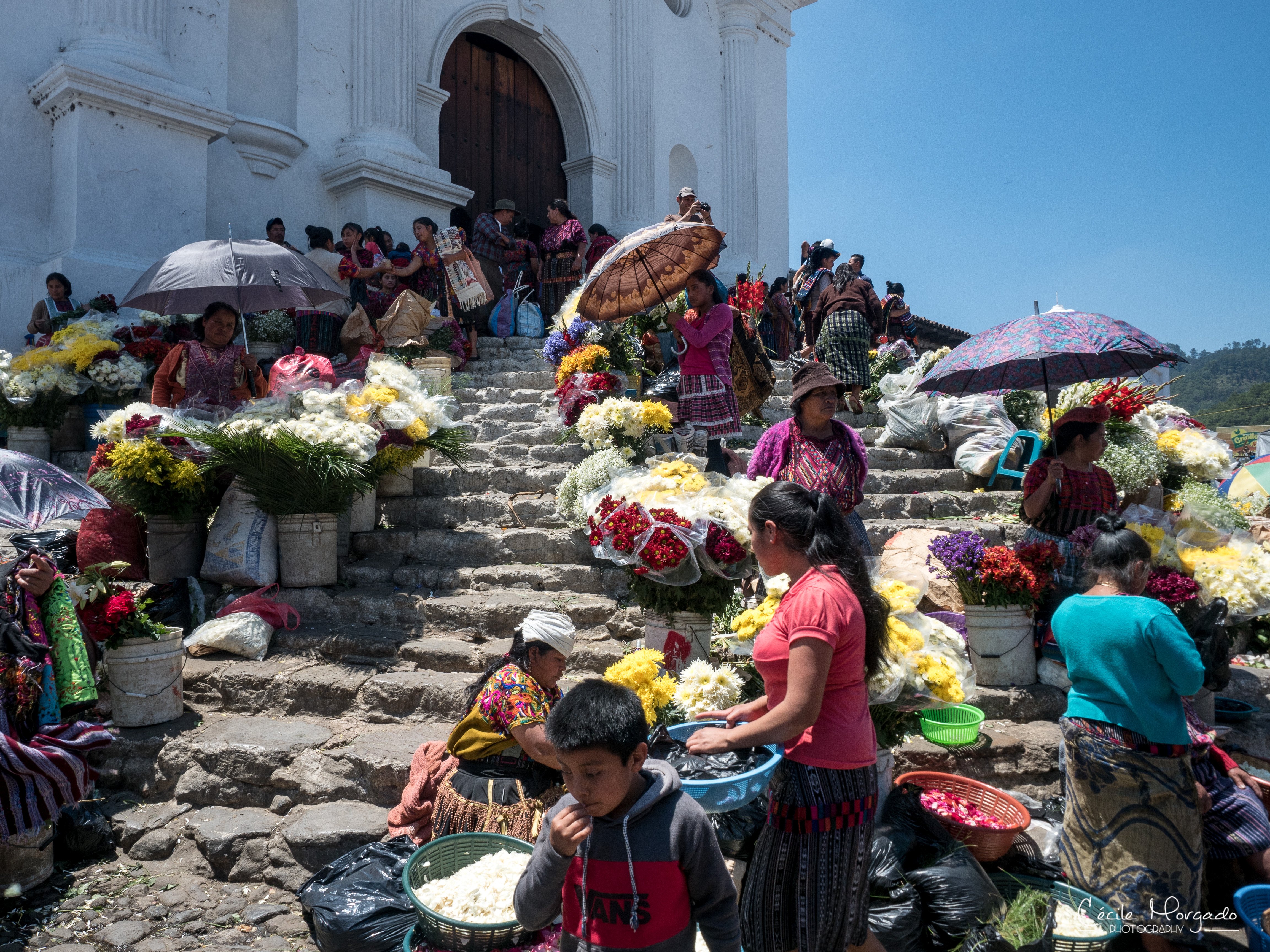
Another key element of Chichicastenango is the Cofradia of Pascual Abaj, which is an ancient carved stone venerated nearby and the Maya priests perform several rituals there. Writing on the stone records the doings of a king named Tohil.
Everybody is allowed to enter the church and it is totally worth it. Because of this mix of mayan culture and catholic influence you have an unique decoration at this church. People are doing mayan rituals in front of a wooden Jesus sculpture.
Compared to Antigua this was already way less touristy and we got a small taste of the "Real Guatemala".
As always I hope you enjoyed reading my post and I am grateful for every Upvote, Resteem and Comment, as you are supporting my travels with it!!
Cheers,
Liz
If you would like to see more about Cécile Morgado Photography, find her at her instagram page or at her facebook page




